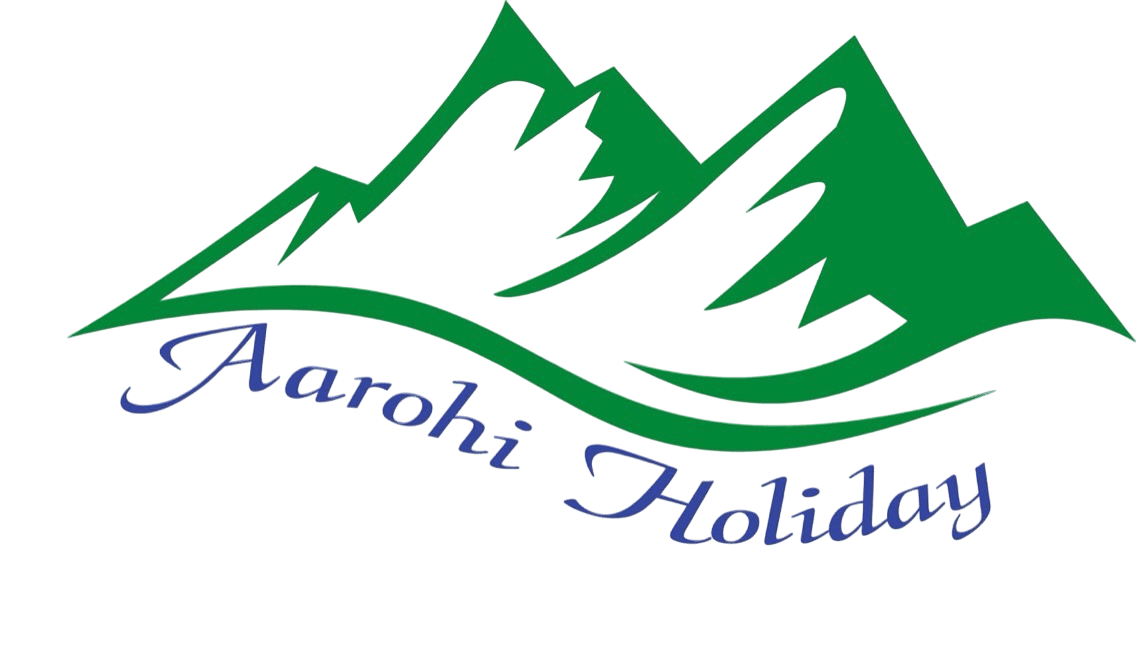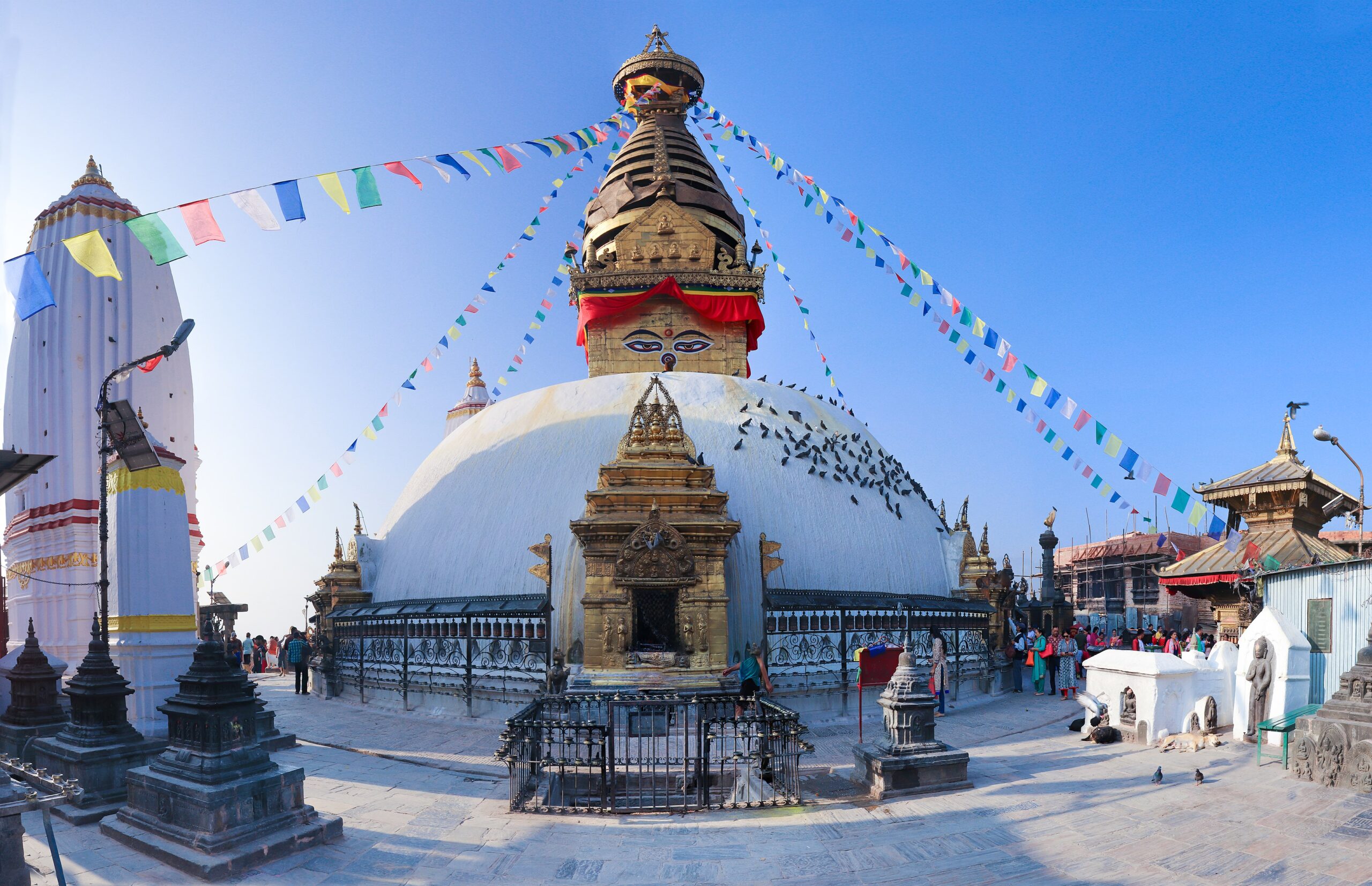Enchanting Nepal Exploration Overview
Enchanting Nepal Exploration offers a visit and exploration of the most landmark destinations with its diversified culture and breathtaking natural beauty within the Himalayan kingdom of Nepal. Beyond trekking and climbing high mountains, Nepal’s natural allure captivates travelers from around the world. This tour is designed to visit the bustling city of Kathmandu, the wilderness of Chitwan, the scenic lake city of Pokhara, and the retune back to Kathmandu.
We start our journey by exploring Kathmandu, a city with over 2000 years of history, resting 1400 meters (4,600 ft) above sea level within a valley surrounded by distinct cultural heritage. Kathmandu features its own monuments, gods and goddesses, and unique food and cuisine. We will visit the world heritage sites in Kathmandu Valley, including Patan Durbar Square, Swyambhunath (Monkey Temple), and Boudhanath Stupa.
Next, our Enchanting Nepal Exploration will take us to Chitwan, famous for housing Chitwan National Park, another world heritage site. Chitwan Park is home to a variety of wildlife including clouded leopards, honey badgers, and the one-horned rhinoceros. We will embark on a wildlife jungle safari to explore this special tourism destination, known for its rhinos, tigers, wild elephants, and crocodiles, along with a diverse range of animals and birds.
Our journey continues to Pokhara, the second-largest city in Nepal, known for its beautiful lakes and caves. In Pokhara, we will explore lakes such as Fewa Lake, and enjoy views of peaks like Annapurna I, Dhaulagiri, and Manaslu, all within 30 miles of the city. Pokhara also serves as the gateway for trekking to the Annapurna Base Camp trek. Finally, we will Back to Kathmandu.
Route to Enchanting Nepal Exploration
Your journey begins in Kathmandu, where our team will welcome you and transfer you to your hotel. You will explore UNESCO World Heritage Sites such as Patan Durbar Square, Swayambhunath (Monkey Temple), and Boudhanath Stupa, each showcasing the city’s rich culture, history, and traditions.
From Kathmandu, the trip continues to Chitwan National Park, a UNESCO World Heritage Site known for its wildlife. Here, you will enjoy jungle safaris, birdwatching, and cultural programs, with the chance to see rhinos, tigers, elephants, and crocodiles in their natural habitat.
The journey then takes you to Pokhara, Nepal’s scenic lake city surrounded by the Annapurna and Machhapuchhre ranges. In Pokhara, you will visit Fewa Lake, Davis Falls, the World Peace Pagoda, and local caves, with options for boating, paragliding, and short hikes. Finally, you return to Kathmandu, where the tour concludes with time for shopping, relaxation, and a farewell celebration, marking the end of your Enchanting Nepal Exploration.
Why Choose Us for Your Enchanting Nepal Exploration
The Enchanting Nepal Exploration combines cultural landmarks, natural beauty, and wildlife adventures, giving you a complete experience of Nepal. Here’s why Aarohi Holiday is your best choice for this journey:
- Family owned and operated
- Best price guaranteed
- 99% success rate
- The highest standard of safety operations
- Group and tailor-made travel
- Secure and timeless deposit
- Responsible and sustainable travel
- Community support initiatives
- Respect for the values of different cultures
- Simple booking and reservation system
- Quick responses to your questions
Alternative Enchanting Nepal Exploration
If you’re considering the Enchanting Nepal Exploration but want other options, Nepal offers several memorable journeys. The Enchanting Nepal Escapade highlights Kathmandu, Chitwan, Pokhara, and Lumbini combining cultural sightseeing, wildlife experiences, and scenic mountain views. The Chitwan to Pokhara Blissful Journey focuses on jungle safaris in Chitwan followed by the peaceful lakeside charm of Pokhara. Each tour offers a unique experience, allowing you to choose the journey that best fits your interests and travel pace.


